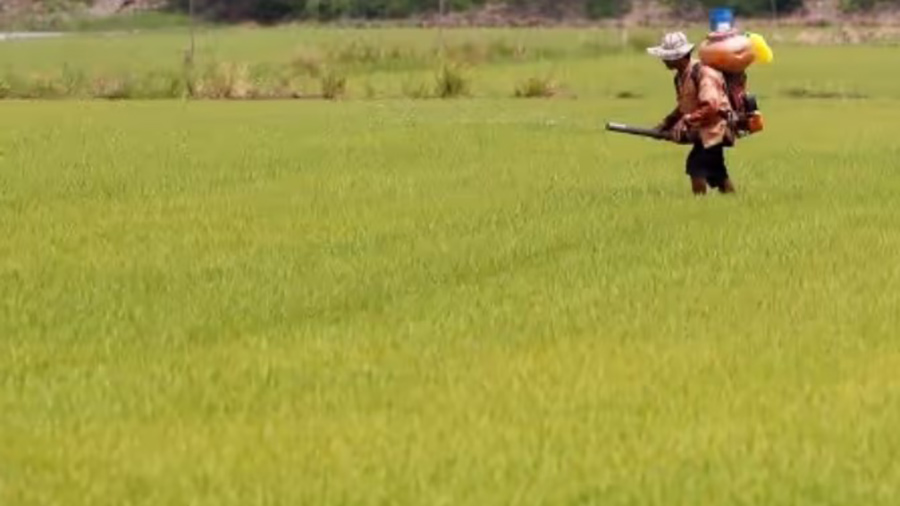CHAI NAT, Thailand- After finishing her latest rice harvest, Sripai Kaeo-eam hurriedly cleared her fields and planted a new crop in late August – ignoring a Thai government advisory to restrict further sowing of the grain this year to conserve water.
“This crop is our hope,” said the 58-year-old farmer in Thailand’s central Chai Nat province, pointing to her green paddy seedlings only a few inches tall.
Sripai, who is trying to dig her way out of more than 200,000 Thai baht ($5,600) of debt, is motivated by the global spike in rice prices, which are close to their highest level in about 15 years after India – the world’s biggest shipper of the water-intensive grain – curbed exports.
Farmers across the agrarian heartland that makes Thailand the world’s second-largest rice exporter should be poised to benefit.
Instead, the amount of land under rice cultivation in Thailand decreased 14.5 percent in August compared to the same month last year, according to previously unreported government estimates. The figure has declined every year since 2020.
Thailand’s centuries-old rice cultivation system is under severe stress from climate change, unsustainable farm debts and a lack of innovation, according to interviews with two experts and a review of government data.
These pressures on the sector, reported in detail for the first time by Reuters, are squeezing debt-laden Thai farmers despite tens of billions of dollars in subsidies over the past decade.
The handouts came in place of boosting agricultural research spending, which hammered productivity, the experts said. Many farming families are financially burdened after borrowing to fund their crops, according to government data, with debt now spanning generations.
A drop in cultivated land could slash Thailand’s rice output, adding to already rampant food inflation after drought conditions in other key rice-producing countries and hitting billions of consumers for whom the grain is a staple food, said agricultural expert Somporn Isvilanonda.
Thailand exported 7.7 million tons of milled rice in 2022 to countries across the Middle East, Asia and Africa, according to Krungsri Research.
“The cultivated area is down because of lack of rainfall and irrigated water,” said Somporn, a senior fellow at the state-affiliated Knowledge Network Institute of Thailand (KNIT).
The water shortage is likely to worsen into 2024 as the dry El Nino weather phenomenon strengthens, according to government projections.
On the line for millions of farmers is not only their current crop, but a narrow window to escape a life crushed by debt. A good harvest could fetch prices that are up to double or triple that of most years, Sripai said.
“Now I am dreaming,” she said, “because India has stopped exporting.”
The Thai government’s rice department did not respond to questions sent by Reuters. -Reuters





